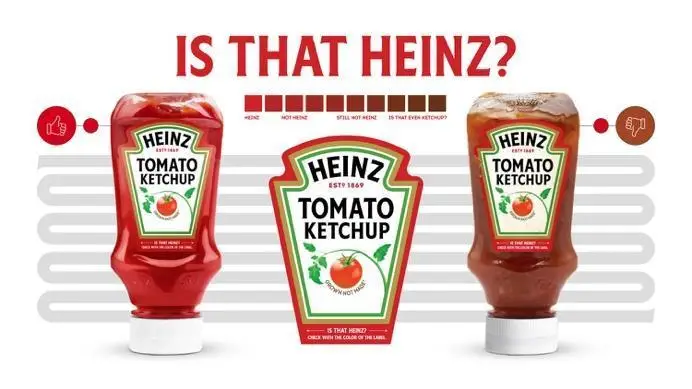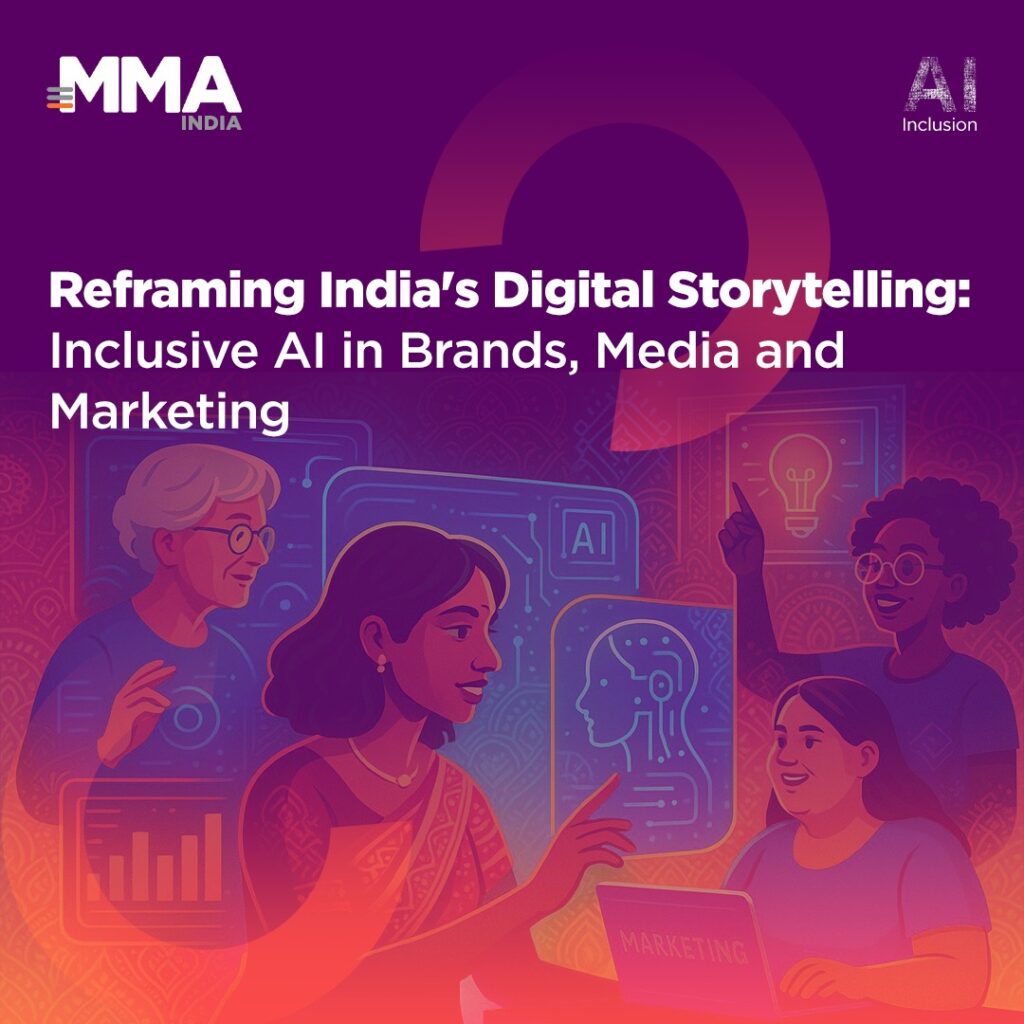
Introduction
Marketing is ever evolving, and it now requires a complex blend of human creativity along with technical efficiency to stand out amongst the crowd. By combining human imaginative ideas with the capabilities of technology, brands can come up with campaigns that resonate well with their audiences, engaging, and effective.
In a recent Fearless Creative Leadership: “The Second Chance Leader” Podcast on July 19, 2024, Jon Cook, our global VML CEO, shared transformative insights on artificial intelligence’s (AI) evolving role in marketing. Reflecting on a conversation between Elon Musk and Mark Reed, CEO of WPP. Jon highlighted Musk’s assertion that AI can indeed be original and creative, challenging common skepticism. Jon emphasized that there’s more excitement than fear about AI’s role, seeing it as a tool to augment human creativity rather than replace it.[1]
Jon also expressed his optimism about the future of creativity in the industry. He noted that the quality of work continues to improve and AI will only further this trend. By integrating AI thoughtfully, we can achieve new heights in creativity, delivering exceptional results for brands and setting new industry standards.
In short, Human Creativity inspires new ideas and delivers emotional connections with consumers to build brand affinity, while technology also plays a crucial role in enhancing efficiency, capable of handling vast amounts of data and automating the same tasks to gain insights useful in molding marketing strategies.
These two are the key factors that are required nowadays in getting marketing right, striking this balance is the key to achieving success in marketing and ensuring long-term growth, as we have seen several real-world cases that demonstrate the powerful results when human creativity is combined with technology.
Industry Challenges
Marketing faces some important challenges in the industry, such as:
- Maintaining Human Touch: AI systems nowadays can do more and more, with the latest one possible on taking over human jobs subject to creativity. Risking the authenticity of human creativity in marketing.
- Data Overload: Since AI generates a lot of data every second, it is evident that managing and analyzing the generated information becomes harder, especially to inform creative strategies.
- Ethical Implications: Ethics issues, especially concerns related to data privacy and biases, are the primary challenge for AI utilization in marketing.
- Brand Authenticity: Ensuring that AI-driven campaigns can still have a brand authenticity.
Objective
This article aims to achieve several key objectives that will help guide marketing professionals in navigating the current landscape:
- How human creativity and AI efficiency work together in marketing to solve the industry challenges.
- Suggest several actionable takeaways so that the Indonesian marketing leaders can benefit from this balance, for being ahead in the race.
- Showcase several real-world cases that demonstrate the powerful results when human creativity is combined with technology.
Current Data and Insights
The latest data and insights underscore the increasing integration of AI in marketing and its impact on consumer behavior:
- AI Adoption Rate: 75% of the marketers use AI to enhance customer experience in 2024 which will support companies promote goods and services with their customers better than before.[2]
- Productivity Boost: AI automation has lifted productivity levels by 40%, eradicating time-consuming, mundane tasks for marketing teams to focus on the most vital creative and strategic aspects of campaigns.[3]
- Engagement Increase: 65% of organizations are using generative AI (GenAI) in at least one business function, with marketing and sales being the functions with the highest adoption rates[4].
Proposed Solutions
To address these challenges and capitalize on the insights, the following strategies are recommended:
- Fostering Collaboration between Creative and Technology Teams: Encourage constant collaboration between the two teams to ensure that AI tools will enhance and bring more efficiency in the creative output.
- Implement Ethical Guidelines: Define a set of ethical guidelines and ensure compliance with them to address concerns, including the data privacy risks tied to utilizing AI-powered campaigns.
- Data Management Solutions: Allocate your resources toward implementing best-in-class data management to help analyze and interpret massive amounts of data, allowing it to be more useful for creative decision-making.
- Humanizing Experience: AI-based campaigns should be designed to maintain a human feel, making the interactions more authentic and deepening consumer engagement.
Impact
The successful implementation of these strategies in several of our case studies has led to measurable improvements in key performance indicators:
- Consumer Awareness & Engagement: A personalized, interactive consumer journey has led to our campaigns gaining up to 234% increase in brand awareness,[5] and 45% higher engagement rates.[6]
- Brand Loyalty: Strengthened brand authenticity has resulted in a 20% increase in brand loyalty.[7]
- Consumer Trust: The combined use of technology to identify imitated products with creative contents that highlight the brand’s unique quality has resulted in an increase of 35% in consumer trust.[8]
Case Studies
- VML x Coca Cola’s “I See Coke”[9]
- Challenge: Coca-Cola needed a way to engage with their consumers in a new and highly competitive market.
- Objective: To create a campaign that utilizes AI for the purpose of providing real-time consumer interactions and brand awareness.

- Solution: We launched a built-in Alexa skill that incentivizes audiences by rewarding them whenever a Coke appears on their screen, blending AI with creative incentives. The AI scanned mentions of Coke in the media and activated consumer prompts as necessary. The creative team developed fun out-of-box prompts and rewards that stayed true to the brand voice and your interest.
- Impact: 234% increase in brand awareness, 96% offer redemption, and coke became the most mentioned brand to Alexa.
- VML x Coca Cola’s “Comic Can”[10]
- Challenge: Conventional marketing channels were already obsolete for a younger audience that wanted to engage in an interactive and immersive experience.
- Objective: To create a campaign that utilizes AI to transform a regular product into a creative and engaging storytelling medium.

- Solution: Produced a voice-activated superhero can, that was interactive and powered with AI to allow the consumer to choose their own adventure, which made for a more personal narrative experience. So, we created an AI that crafted personalized storylines each time someone engaged with the experience. The script was a broad outline for the overarching narrative, and character development that human creatives had put in place to ensure crisp, and clear storytelling.
- Impact: The campaign experienced a 45% lift in consumer engagement and a 20% increase in brand loyalty.
- VML X Heinz’s “Is That Heinz?”[11]
- Challenge: With the rise of imitators in the market, Heinz wanted to showcase how to identify the authenticity of its product.
- Objective: To create a campaign that utilizes AI to identify fake Heinz ketchup Products and showcase Heinz’s superior quality.

- Solution: Created a machine learning model to scan through social posts for mentions of ketchup and identify imitations from Heinz. Created compelling content to educate customers, showcasing the qualities of Heinz. Social media filters are also being rolled out so that customers can directly check the color of the ketchup through their phones, turning customers across Turkey into the Heinz police to finally put an end to ‘ketchup fraud’ once and for all. Technology helps identify while human creatives produced light-hearted humorous content as a response to such imitations.
- Impact: The campaign decreased imitation by 25%, increased consumer trust in the Heinz brand to 35%, while also generated 100k organic shares, 800k likes and over 2k X posts
Conclusion
To wrap up, AI combined with human creativity can serve as a great way forward for the future of marketing. Enabling AI specialists to work together with creatives, ensuring compliance with ethical guidelines, and keeping a human touch in campaigns are some of the ways that can help brands overcome industry-wide challenges. These case studies illustrate the powerful rewards of striking this balance, which include more consumer engagement and experiences, brand loyalty, and consumer trust. Not only maintaining a leading position, these synergies also define the market practices for Indonesian thriving industry.
Through the continued success of innovating and tweaking this balance of AI with human creation, marketing efforts can be more engaging for consumers than ever. A strategy-led method that ensures AI does the heavy lifting when it comes to data-driven insights and efficiencies, while human creativity keeps content relatable, authentic, and compelling. Balanced integration like this truly provides a better user experience for the consumer and results in heightened brand success amidst an increasingly competitive market.
[1] The Second Chance Leader. Fearless Creative Leadership.
[2] All About AI, AI Marketing Statistics 2024
[3] Ibid.
[4] McKinsey. State of AI Early 2024.
[5] VML. I See Coke.
[7] Ibid.
[8] Ibid. Is That Heinz.
[9] Ibid.
[10] Ibid.
[11] Ibid.



















